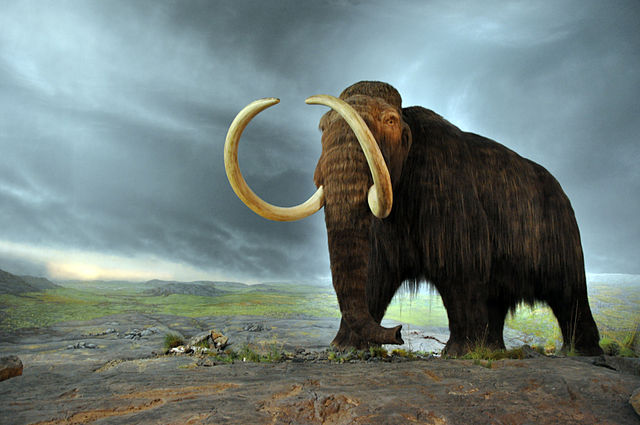The woolly mammoth can now only be seen in animated movies, but scientists at Harvard University say they are close to changing that – the giant, extinct mammal may soon be revived in as soon as two years.
George Church, a genetics professor at Harvard, said he and his colleagues are working on creating a “hybrid embryo” that combines the woolly mammoth and the present-day Asian elephant, CBS News reports. And thanks to mammoth specimens that have been preserved over millennia in Siberian ice, the team is getting closer to its goal.
Woolly mammoths are icons of the Ice Age, and were giant animals the size of modern African elephants. They once grazed on plants throughout the grasslands of North America, Asia and Europe. They died out around 10,000 years ago, except for a small population in northern Siberia and the Bering Strait. The species died out completely from 3,000 to 4,000 years ago.
Scientists have been trying for years to create woolly mammoth genomes from bits of DNA.
Church and his team hope to splice specific mammoth genes that are responsible for traits like small ears, long hair and blood adapted to cold weather, and blend it with Asian elephant DNA.
They intend to do this using the revolutionary gene-editing technique called CRISPR.
Up until now, the Harvard scientists have only focused on the cellular level, but they are advancing to embryonic stages. Church intends to grow the hybrid mammoth in an artificial womb, and not use an Asian elephant.
Asian elephants are on the endangered species list too, as habitat loss, poaching and conflict with humans threaten their survival. The total Asian elephant population has dropped by at least 50% in the past decades, according to the World Wildlife Fund.
There are many ethical questions surrounding the use of gene editing itself, and many more with regards to this “de-extinction” project. The main concerns critics have are with regards to the time, energy and resources spent and whether or not it would be worth it. So far, other projects that have sought to revive small species have failed.
























